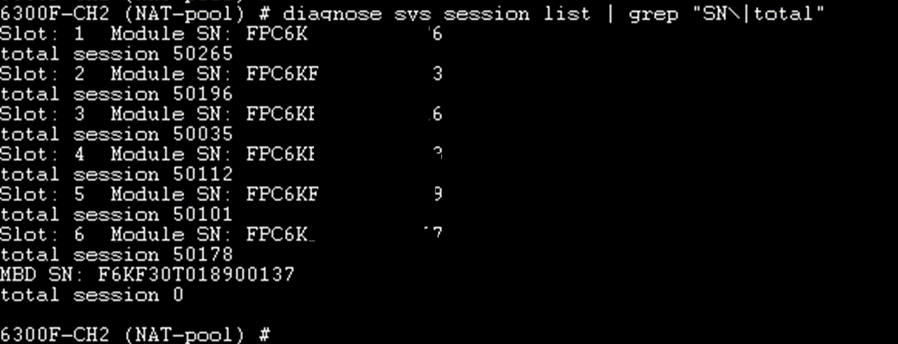- Forums
- Knowledge Base
- Customer Service
- FortiGate
- FortiClient
- FortiAP
- FortiAnalyzer
- FortiADC
- FortiAuthenticator
- FortiBridge
- FortiCache
- FortiCarrier
- FortiCASB
- FortiConnect
- FortiConverter
- FortiCNP
- FortiDAST
- FortiDDoS
- FortiDB
- FortiDNS
- FortiDeceptor
- FortiDevSec
- FortiDirector
- FortiEDR
- FortiExtender
- FortiGate Cloud
- FortiGuard
- FortiHypervisor
- FortiInsight
- FortiIsolator
- FortiMail
- FortiManager
- FortiMonitor
- FortiNAC
- FortiNAC-F
- FortiNDR (on-premise)
- FortiNDRCloud
- FortiPAM
- FortiPortal
- FortiProxy
- FortiRecon
- FortiRecorder
- FortiSandbox
- FortiSASE
- FortiScan
- FortiSIEM
- FortiSOAR
- FortiSwitch
- FortiTester
- FortiToken
- FortiVoice
- FortiWAN
- FortiWeb
- Wireless Controller
- RMA Information and Announcements
- FortiCloud Products
- ZTNA
- 4D Documents
- Customer Service
- Community Groups
- Blogs
- Fortinet Community
- Knowledge Base
- FortiGate
- Technical Tip: Understanding NAT port allocation o...
- Subscribe to RSS Feed
- Mark as New
- Mark as Read
- Bookmark
- Subscribe
- Printer Friendly Page
- Report Inappropriate Content
Created on 03-19-2020 12:56 AM Edited on 01-17-2024 09:49 PM
Description
This article describes How NAT ports are allocated in FortiGate-6000F, FortiGate-7000E, FortiGate-7000F.
Scope
All versions.
Change in version 6.4.8
Introduced a new CLI to dynamically re-allocate SNAT source ports among the remaining enabled FPCs or FPMs and is enabled by default:
config load-balance setting
set nat-source-port {chassis-slots | enabled-slots}
end
Before version 6.4.8 and below, this NAT port allocation was fixed based on Chassis model and couldn't change even if the FPC/FPM was not in use.
Solution
Total no of NAT ports allocated in 6k/7k are same as in FortiOS.
The only difference here is that this range is divided equally across the worker blades.
This creates certain unexpected behavior on chassis series if it’s not configured appropriately.
Scenario 1.
When traffic comes with a fixed source port less than 1024 with fixed dport and dst_ip, there is a restriction apply per device.
In FortiOS, when original-source-port < 1024, the translated source-port will be in the range of [512,1024).
That’s the reason for this restriction.
In chassis, this range gets divided across worker blades and if the traffic is notload balanced across workers evenly, then, we will hit the NAT port is exhausted earlier than expected.
For example, when traffic comes with sport 500, dport 500 and destination IP is 208.54.85.64 the total no of sessions per device is limited to 512 sessions and this range is divided by no of worker blades in the chassis.
Here in this example, with one IP in the NAT pool with overload enabled, we get to see 'NAT port is exhausted' messages as shown below, as soon as 85 such sessions hits on any given worker blade in a FortiGate-6300F chassis.


After allowing 5 IPs, 426 sessions are allowed per worker blade before receiving NAT port is exhausted message .

In this example, sport is 1024, dport 80, dst_ip 12.0.0.1 are fixed and only src ip is changing.

When NAT allocation with PB block is assigned, this config will be applied to each blade individually.







That is (6x2048) 12,288 ports on FortiGate-6300F with 6 worker blades; meaning 12,288 sessionson the unit per client IP.

In FortiGate-6300F, each blades can handle 2048 sessions.






Related article:
The Fortinet Security Fabric brings together the concepts of convergence and consolidation to provide comprehensive cybersecurity protection for all users, devices, and applications and across all network edges.
Copyright 2024 Fortinet, Inc. All Rights Reserved.